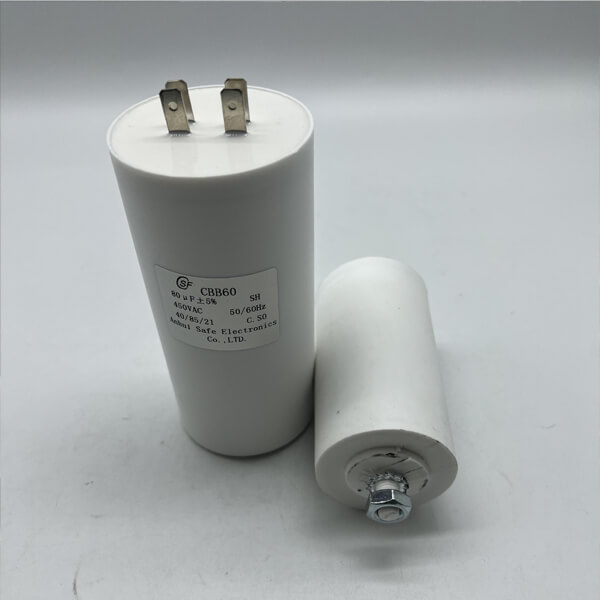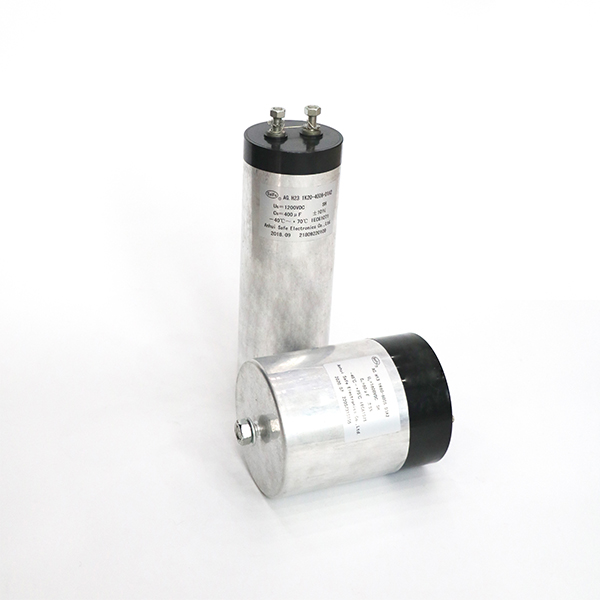About Capacitor for Water Pump
Capacitors for water pump are essential electrical components required for starting pump motors. Their primary function is to provide the startup current and torque needed for the motor. In sewage treatment systems, Saifu's capacitor for water pump is indispensable components for the rotation of single-phase motors. The motor is the heart of the entire sewage lifting pump station, underscoring its critical importance. There are two design positions for sewage pump station capacitors: internal, where the capacitor is located inside the pump motor housing, and external, where the capacitor is outside the motor housing.
Which Is Better, an Internal or an External Capacitor?
Usage Efficiency
External Capacitor for Water Pump
Constant capacitance without loss, stable torque.
Internal Capacitor for Water Pump
Capacitance is constant and does not lose, ensuring stable torque.
Comparison Summary
The functionality is exactly the same.
Equipment Stability
External Capacitor for Water Pump
The environmental temperature is normal room temperature, providing more stable capacitance.
Internal Capacitor for Water Pump
The environmental temperature is the internal temperature of the motor. The internal operation of the motor generates a certain amount of heat. If the pump is overloaded or stalled, the internal temperature of the motor can be extremely high, reaching 100-200℃. Ordinary capacitors are not explosion-proof and can easily explode.
Comparison Summary
External capacitors operate more stably than internal ones.
Flexibility
External Capacitor for Water Pump
By sequentially connecting the main and secondary winding capacitors, forward and reverse rotation of the motor can be achieved. If the pump is used in a sewage lifting pump station and a large foreign object accidentally clogs the pump, it can be reversed by the motor to withdraw the foreign object.
Internal Capacitor for Water Pump
Since the capacitor is connected with the main and auxiliary windings, this structure is entirely inside the motor, making it impossible to achieve forward and reverse actions.
Comparison Summary
External capacitors are more suitable for integrated sewage pump stations than internal capacitors.
Ease of Replacement
External Capacitor for Water Pump
If there is insufficient capacitance, it is easy to replace when needed. The capacitors connected in series with the primary and secondary winding nodes are usually in a junction box or control box.
Internal Capacitor for Water Pump
If the capacitance is insufficient and needs replacement, the pump must be disassembled, and the motor housing opened for replacement, which is time-consuming, costly, and labor-intensive, and the sealing capability of the pump will be reduced.
Comparison Summary
External capacitors are easier to replace than internal ones.
Production Cost
External Capacitor for Water Pump
Expensive, uses higher safety explosion-proof capacitors, which are 5-6 times more expensive than ordinary capacitors.
Internal Capacitor for Water Pump
Cheap, utilizes ordinary capacitors.
Comparison Summary
External capacitors are explosion-proof but much more expensive.
After-sales Cost
External Capacitor for Water Pump
The explosion-proof level is very high for external capacitors. If any issue occurs with the capacitor, it can be directly replaced. The cost is the price of the capacitor itself.
Internal Capacitor for Water Pump
Internal capacitors are inside the motor. If the capacitor has any issues, it will affect the normal operation of the stator windings, rotor, and bearings of the motor. The after-sales cost is far greater than the cost of the capacitor itself.
 English
English  한국어
한국어  français
français  Español
Español  русский
русский  Türkçe
Türkçe  Pilipino
Pilipino  Polska
Polska  Malay
Malay  Indonesia
Indonesia 



